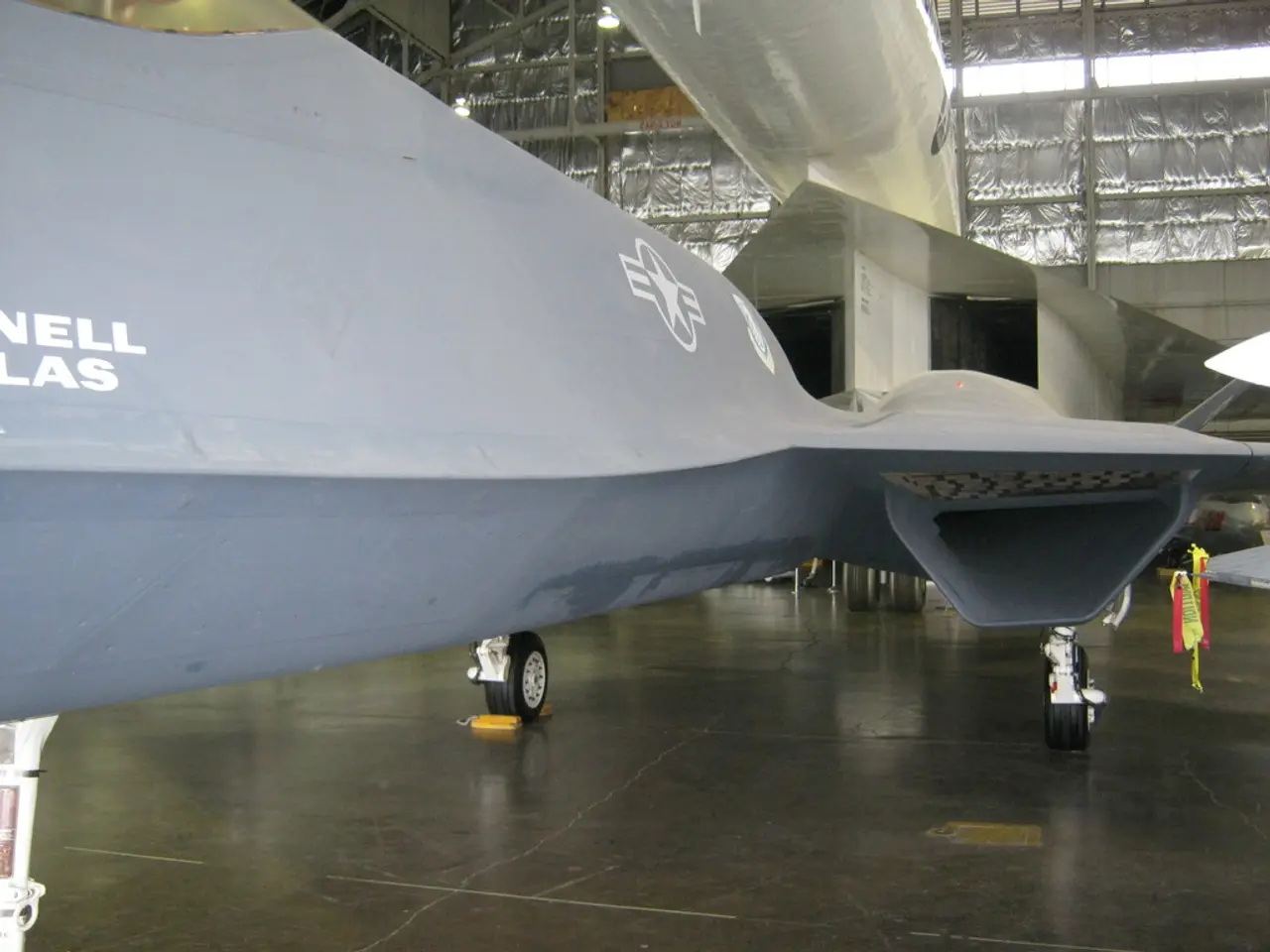Aircraft Safety: The Role of Human Judgment in Aviation - Potential Threat or Final Barrier?
In the realm of aviation, human factors in cockpits have long been a subject of concern due to their potential impact on safety. A comprehensive study by the European Aviation Safety Agency (EASA) has concluded that reducing the number of people in the cockpit could be too risky, highlighting the importance of addressing human error in flight operations.
One of the primary causes of human error in aviation is pilot fatigue, which can impair decision-making and lead to critical safety concerns. Automation overreliance, misjudgments, inadequate training, and lack of experience are other factors that contribute to human error. These factors are responsible for an estimated 70-80% of aviation crashes, with pilot error being a leading cause.
To mitigate these risks, several strategies can be employed. Enhanced pilot training, fatigue management, improved communication, technology integration, and fostering a strong safety culture are all crucial components in reducing the likelihood of human error. Regular and rigorous training programs can improve decision-making skills and reduce reliance on automation. Implementing strict fatigue management policies and ensuring adequate rest periods can help maintain pilots' alertness and performance. Encouraging open communication between pilots and other crew members can help identify and address potential issues before they escalate into safety risks. Advanced technologies, such as enhanced automation systems and real-time data interfaces, can support pilot decision-making and reduce the likelihood of human error.
The aviation industry has made significant strides in improving safety, with flying becoming 53 times safer last year compared to the 1970s, despite passenger numbers having increased by more than tenfold to the current 4.7 billion. However, recent incidents such as the Air-India Boeing 787 crash, which claimed 260 lives, serve as reminders that there is still work to be done.
The Air-India crash is currently under investigation, with preliminary reports suggesting that the fuel supply of the plane was stopped using manual switches shortly after takeoff, possibly due to suicidal intent. This tragic event underscores the importance of addressing human factors in aviation and implementing robust solutions to ensure the safety of passengers and crew.
Pilots learn how to handle challenging situations with their instrument panel during initial training, and the typical crew in the cockpits of commercial aircraft consists of two members, supported by numerous computer and assistance systems. The second person in the cockpit is supposed to compensate for possible errors of the other, ensuring a safety net for the flight crew.
Andreas Pinheiro, president of the German pilots' union, Vereinigung Cockpit, states that two well-rested, qualified, and trained pilots in the cockpit remain the gold standard for safe flying. The union sees important technical and systemic aspects unresolved, such as the locking function of the switches in question, and calls for continued vigilance and improvement in safety measures.
In conclusion, addressing human factors in airplane cockpits is crucial for maintaining the safety of passengers and crew. Through enhanced training, fatigue management, improved communication, technology integration, and fostering a strong safety culture, the aviation industry can continue to reduce the risk of accidents caused by human error.
- To address the high percentage of human errors in aviation crashes, it's essential to implement a community policy that emphasizes regular and rigorous pilot training, improved communication, technology integration, and fostering a strong safety culture.
- The general news and the aviation industry should focus on employing policy measures that tackle the issues of pilot fatigue, misuse of manual switches, and other factors contributing to human error, as demonstrated by the recent Air-India Boeing 787 crash.






